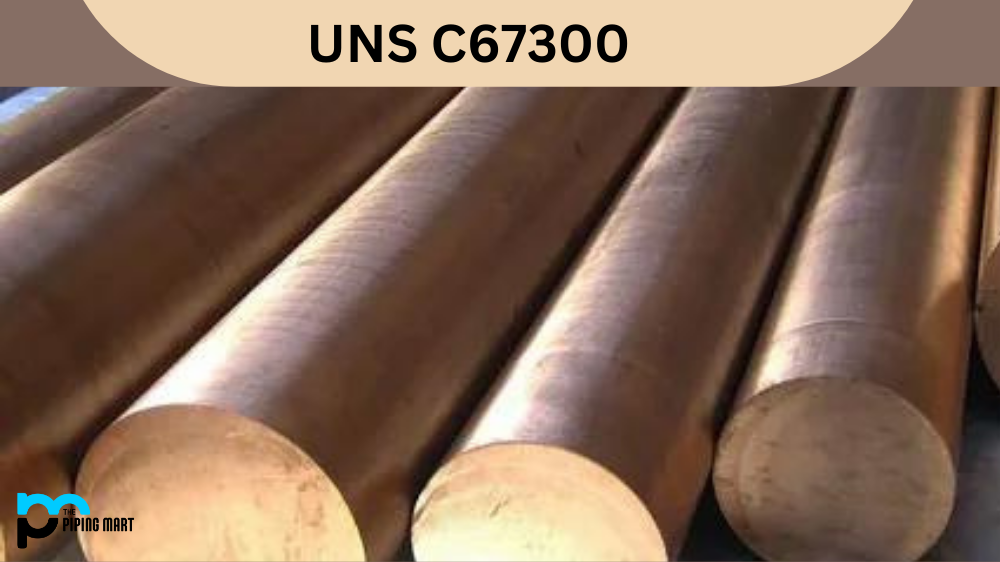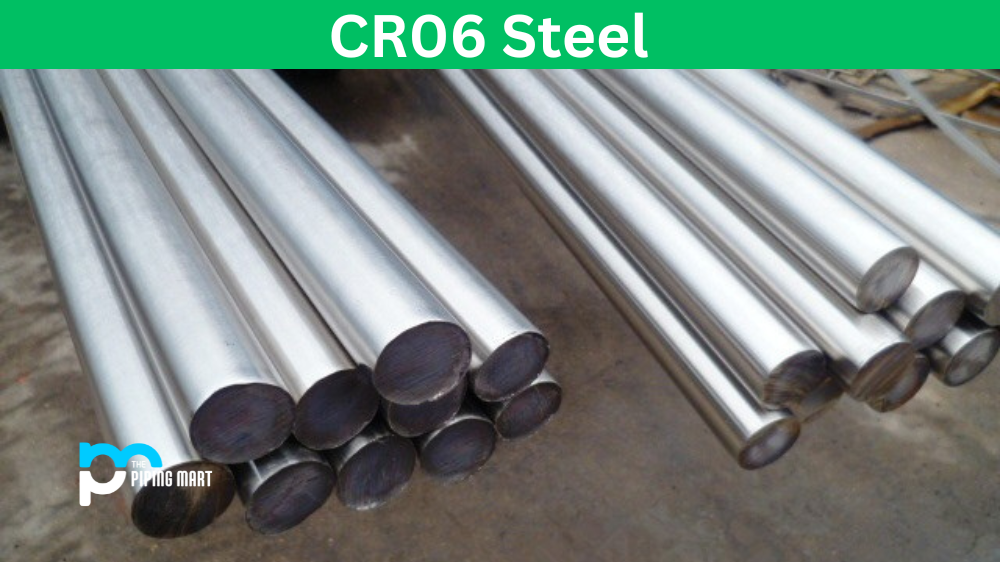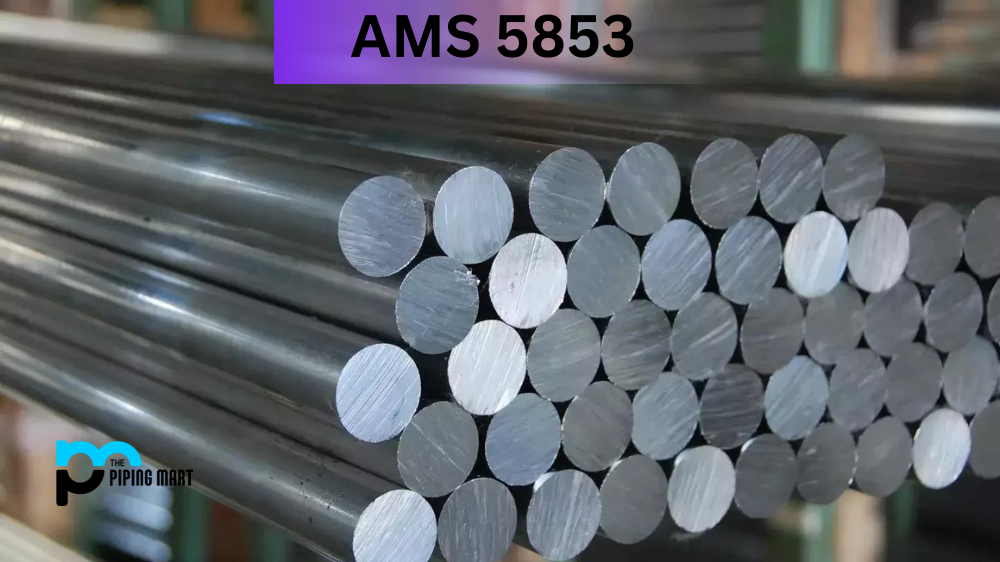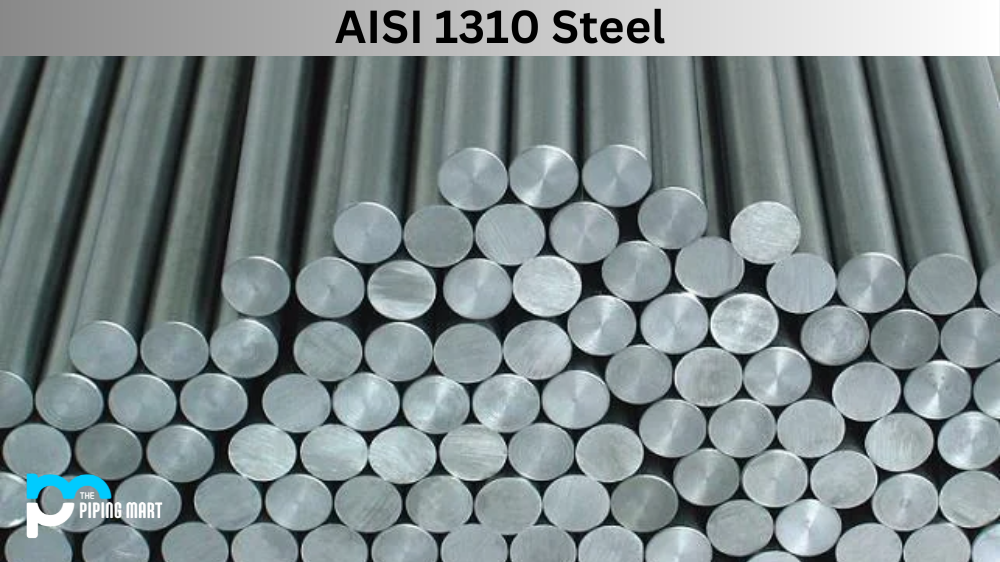When finding the perfect alloy for your project, it’s essential to research and choose the one that best meets your requirements. One such alloy that deserves your attention is UNS C67300. Also known as the “Manganese Bronze”, this copper-based alloy offers a range of mechanical, physical, and chemical properties that make it ideal for various applications. In this blog, we’ll dive into everything you need to know about UNS C67300 – its composition, properties, uses, and more.
UNS C67300 Composition
UNS C67300 is a copper-rich alloy that contains about 60% copper, 39% zinc, and 1% manganese. This composition gives the alloy excellent strength, hardness, and wear resistance. Moreover, adding manganese helps improve the alloy’s corrosion resistance, making it resistant to atmospheric and seawater corrosion.
| Element | Content (%) |
|---|---|
| Copper, Cu | 58-63 |
| Manganese, Mn | 2.0-3.5 |
| Silicon, Si | 0.50-1.5 |
| Iron, Fe | 0.5 |
| Lead, Pb | 0.40-3.0 |
| Tin, Sn | 0.3 |
| Aluminum, Al | 0.25 |
| Nickel, Ni | 0.25 |
| Zinc, Zn | Remainder |
UNS C67300 Mechanical Properties
The mechanical properties of UNS C67300 are impressive, making it a popular choice for various applications. The alloy has excellent tensile strength, ranging from 70-85 ksi (kilopounds per square inch). It also has a yield strength of 55 ksi and an elongation of 10-15%. Additionally, the alloy has good fatigue, impact, and frictional wear properties.
| Properties | Metric | Imperial |
|---|---|---|
| Hardness, Rockwell B | 86 | 86 |
| Tensile strength at break | 586 MPa | 85000 psi |
| Yield strength | 455 MPa | 66000 psi |
| Elongation at break | 16 | 16 |
| Machinability (UNS C36000 = 100) | 70 | 70 |
UNS C67300 Physical Properties
Aside from its mechanical properties, UNS C67300 also boasts excellent physical properties. It has a density of 8.80 g/cm3, a melting point of 1010°C (1850°F), and a thermal conductivity of 37.3 W/mK (Watts per meter Kelvin). The alloy also has good electrical conductivity, essential for electrical and electronic applications.
| US Customary | Metric | |
|---|---|---|
| Melting Point – Liquidus | 1605 °F | 874 °C |
| Density | 0.3 lb/in3 at 68 °F | 8.3 gm/cm3 at 20 °C |
| Specific Gravity | 8.3 | 8.3 |
| Electrical Conductivity | 22% IACS at 68 °F | 0.13 MegaSiemens/cm at 20 °C |
| Thermal Conductivity | 55 Btu/sq ft/ft hr/°F at 68 °F | 95 W/m at 20 °C |
| Coefficient of Thermal Expansion 68-572 | 11 · 10-6 per °F (68-572 °F) | 19 · 10-6 per °C (20-300 °C) |
| Modulus of Elasticity in Tension | 17000 ksi | 117212 MPa |
C67300 Equivalents
- SAE J461
- SAE J463
UNS C67300 Uses
UNS C67300 finds application in many industries owing to its unique properties. It is used in marine environments for producing bearings, propellers, and pump components. The alloy is also used in the automotive sector for manufacturing gears, worm wheels, and valve guides. Additionally, it is used in the construction industry for producing fittings and valves, as well as in electrical and electronic applications for connectors, switches, and circuit breakers.
UNS C67300 Corrosion Resistance
One of the most significant advantages of UNS C67300 is its excellent corrosion resistance. The alloy performs well in both atmospheric and seawater environments. Its addition of manganese significantly improves the alloy’s corrosion resistance, making it ideal for marine applications. Also, if the alloy is maintained correctly, it can have an extended life span.
UNS C67300 Heat Treatment
UNS C67300 can be heat-treated to improve mechanical properties, like strength and hardness. A typical heat treatment process is solution annealing, which involves heating the alloy sufficiently high enough to dissolve any precipitates in the structure, followed by quenching in water or oil. This process helps to restore the alloy’s original properties.
UNS C67300 Machining
Machining UNS C67300 can be challenging owing to the alloy’s high copper content. Using tools with carbide tips and high-speed steel provide good results. Moreover, it’s essential to maintain the cutting speeds and feed rates, as these can lead to tool breakage and poor surface finish.
UNS C67300 Welding
UNS C67300 is weldable using most standard welding processes, including gas tungsten arc welding (GTAW), gas metal arc welding (GMAW), and shielded metal arc welding (SMAW). Care must be taken while welding as the alloy can be prone to cracking if it is not heated and cooled correctly.
Conclusion
UNS C67300 is an excellent alloy that provides strength, hardness, and wear resistance. Its superior corrosion resistance and physical properties make it ideal for various industry applications. Whether you need bearings, gears, or electrical connectors, UNS C67300 can meet your requirements. This alloy can provide outstanding results for your project with proper heat treatment and machining techniques.

A passionate metal industry expert and blogger. With over 5 years of experience in the field, Palak brings a wealth of knowledge and insight to her writing. Whether discussing the latest trends in the metal industry or sharing tips, she is dedicated to helping others succeed in the metal industry.




